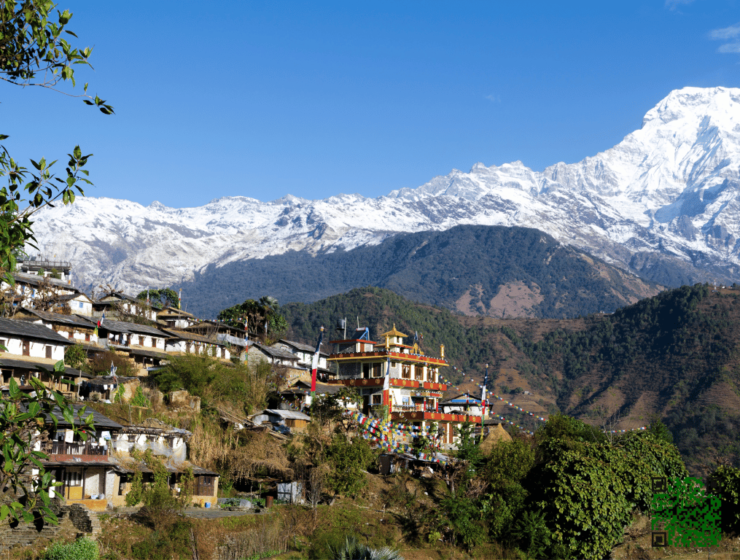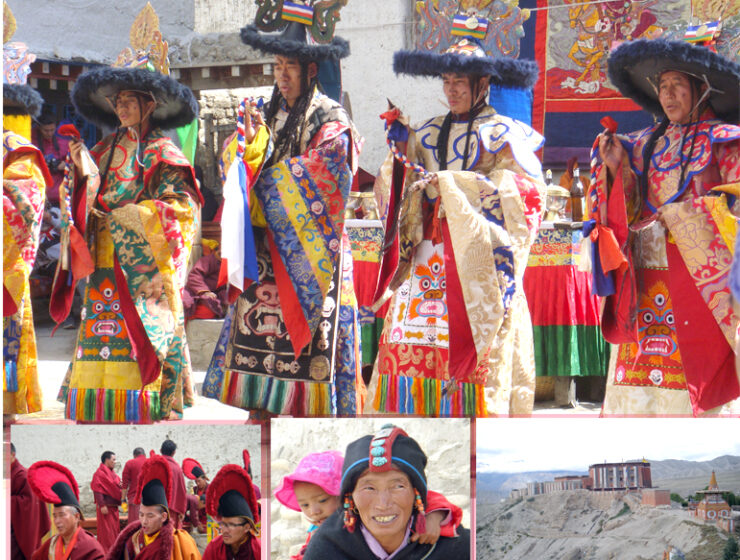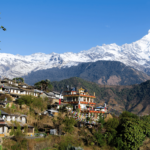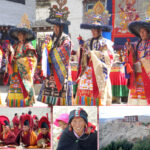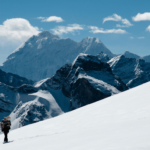Mustang The Land of Hidden Valley
MEANING OF MUSTANG:
Generally, the name Mustang refers to the arid Tibet like region at the North end of the Kali Gandaki (Name of the river) which is known to its inhabitants mispronunciations of the name of the capital of Lo, the city of Manthang. The name is pronounced “MOO-STANG” and has nothing to do with either the vehicle or private horse with a similar name. Officially, Mustang designates the district along the Kali Gandaki from the Tibetan border south to Ghasa. The capital of Mustang district is Jomsom, the region of Tibetan influence north of Kagbani is generally referred to as Upper Mustang. Â Upper Mustang consists of two district regions, five southern villages of people related to the Manangis and the ancient kingdom of Lo where the language, culture and traditions are almost purely Tibetan. The capital of lo is named Manthang, which translates from the Tibetan as “plain of aspiration”. Many texts refer to the capital as lomanthang but some are only correct. Other texts spell the name of the kingdom as lho, but this is a transliteration of the Tibetan word for South and is also incorrect. Â Thus the portion of the Upper Mustang district from Samar north is lo and its capital is Manthang .The king of lo is the lo gyelbu, through I will use the Nepalese term raja here. To avoid total confusion with existing maps and texts, I will also refer to the capital of lo as lo-manthang. Â Mustang has been described as a thumb- like part of Nepal extending into Tibet. Yet, on the map it is hardly a bump in Nepal’s northern border. At 1960s there was a controversy between Nepal and china over the ownership of Mount Everest. Â This resulted in extended negotiations and the Chinese Nepalese boundary treaty of 1963 that completely redefined Nepal’s northern frontier.Nepal gained a considerable amount of territory to the east and west of the old boundaries in mustang, so the protrusion of mustang into Tibet became much less pronounced.
ANCIENT HISTORY OF MUSTANG:

Mustang is interesting place of Nepal, because of its own history. Ancient history of Lo is shrouded in legend, myth and mystery, but there are records of events in Lo as early as the 8th century. It is quietly likely that the Tibetan poet (Milarepa) lived from 1040 to 1123had visited there (Lo). At that time Upper Mustang was one part of western Tibet. The part was also known as Ngari. The nice place Ngari was not a true political entity, but rather a loose collection of feudal domains that also included part of Dolpo. By the 14th century much of Ngari was a part of Malla empire governed from sinja. It is also known that Ame pal was the founder king of Lo in 1380.The Ancestry of the present Mustangi Raja (king) can be traced 25 generation back to Ame pal. Perhaps his (Ame pal) grandfather or father conquered a large part of the territory in the Upper Kali Gandaki and was the responsible for the development of the city of Lo Manthang And many Gompas. To the West of Malla empire declined and became split into numerous petty hill states .By the 18th century Jumla had consolidated and reasserted it’s power .In an effort to develop itself as a trading center and to obtain Tibetan goods (salt and others),Jumla turned its attention eastward and in the mid 18th century assumed control over Lo from which is extracted an annual tribute (something done as a mark of respect). When he ascended the throne in 1762, King Prithvi Narayan Shah began to consolidate what is present day of Nepal. At the time of his death, the kingdom extended from Gorkha eastward to the borders of Sikkim. His descendants directed their efforts westward and by 1789, Jumla had been annexed (additional building). The Gorkha Armies never actually entered Lo. They recognized the rule of the Mustang Raja and although Mustang became part of Nepal, the raja retained his title and Lo retained a certain amount of autonomy. Lo maintained its status as a separate principality until 1951.After the Rana rulers were over thrown in November,1950.And King Tribhuvan re-established the rule of the Shah monarh,Lo more closely consolidated into Nepal. The raja was given the honorary rank of colonel in the Nepal Army.
Read More in PDF Version :Â Mustang-in-fact

